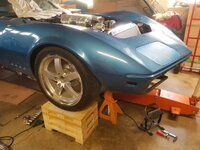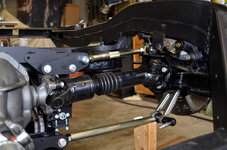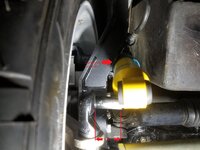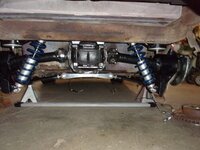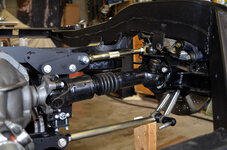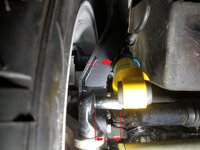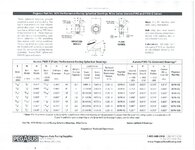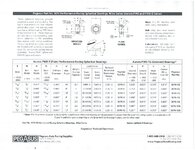I am using a standard based suspension with an upper control arm added and slip halfshafts with a VPB Dual Mount spring.
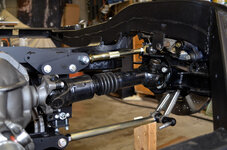
So the positions of the upper shock mount and the lower shock mount are stock as is the position of the trailing arm (or within ¼ inch of stock).
PROBLEM #1 – With the shock mounted in the upper mount and allowed to “hang” in the position established by the top mount, I will need to force the bottom of the shock OVER 1 ¼ inches. This takes about 15ft/lbs of force on the body of the shock to do this. This offset only gets worse with the shock at ride height (shown at full droop).
However because of the shock mounts, it is relatively free to rotate front to back. That is what I don’t get. The front shock has a upper mount that does not restrict the body of the shock at all. It’s basically a 360 degree swivel. BUT the front suspension only pivots in 1 plane and the rear suspension rotates in a plane defined by the trailing arm pivot and also rotates in another plane (90 degrees to it) defined by the control rods. BUT the rear shock only has freedom to operate in one plane.
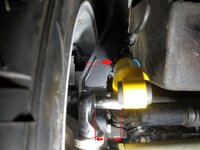
PROBLEM #2 – If the shock were to be moved over 1 ¼ inches so that you could attach it to the lower mount, the trailing arm would interfere with the shock body by about ¾ inch.
SOLUTION? – I am thinking that I will machine an adapter to re-locate the lower mount position (inward to the center of the car) 1 ¼ inches. This will offset the shock absorber loads on the lower mount and could be an issue based on the dynamic load on the shock. I am going to work though that in the next few days.
But the question remains, why is my car different (shock mounting) than others? Or is it?

